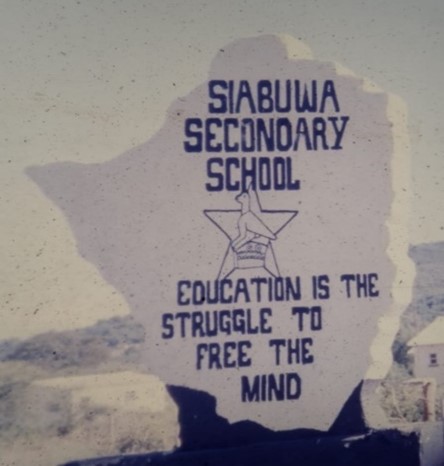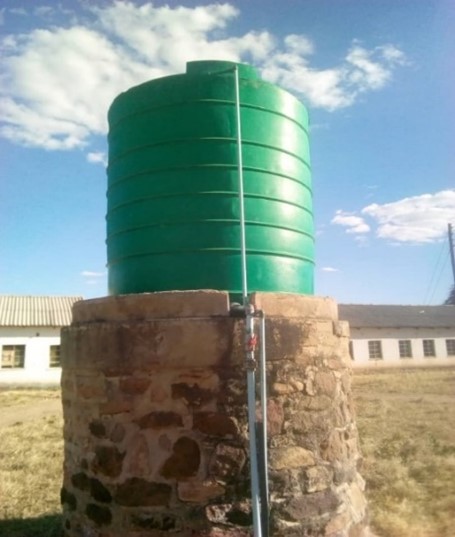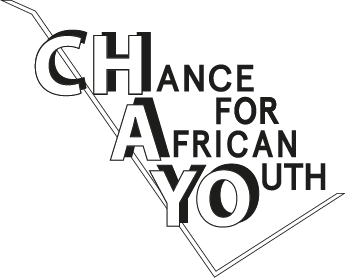The KDT was founded in 2017 in Siabuwa (Binga District), one of the driest and least developed areas of Zimbabwe, by the Tongas living there, a local minority in the population, and has been officially recognised as a registered association since 2021.

A member of ChAYo taught in Siabuwa in 1986/1987.
After Zimbabwe’s independence in 1980, teachers were recruited from Germany, among other countries, to give the black population access to education.
Three of the founding members of KDT were her students at the time. She is still in contact with one of these students today.r hält sie bis heute den Kontakt.
The KDT ‘s objectives:
- To empower vulnerable children through incresased access to education
- Increase women’s livelihood opportunities
- to increase community access to quality health services
Various projects have already been realised:
- Bicycles for those whose journey to school is longer than 6 km
- As there is no access to the internet, a library was set up during the lock down
- A laboratory was set up for the school, a tree nursery was built and much more

New project has been started:
The water reservoir of Siabuwa dried up in October 2019. With the help of private donations from Germany, four boreholes including two water tanks per borehole could be built in Siabuwa and the surrounding area for three schools, a clinic an the neighbourhood. At the moment, the water tanks are filled with a single generator. This has to be driven from one borehole to the other with an ox cart.
In order to equip the four boreholes with solar-powered well pumps, water capacity tests were required. These showed that only two of the four existing boreholes were suitable for the installation of solar-powered well pumps.

In spring 2013, we were able to finance the installation of two solar-powered pumps. We had hydrogeological investigations carried out in the other two settlements. We now want to continue realising the project's goal of providing the people of Siabuwa with a constant supply of clean running drinking water.
For the now possible two boreholes with capacity tests and the equipment
with solar-powered pumps we need financial support
